
- Ritu Sarin and Tenzing Sonam, the filmmaker couple, had displayed their installation on the Tibetan self-immolation movement at the Dhaka Art Summit.
- Within two days of being displayed, the installation was wrapped in white paper after the Chinese Ambassador raised objections.
- Sarin and Sonam, who was born to Tibetan refugees, say that whenever it comes to China, such censorship is common.
Just a few days ago, the denial of a visa to actor Anupam Kher to speak at the Karachi Literature Festival had raised questions over governments interfering to quell artistic freedom, across borders.
However, even as the internet is still divided over whether Kher was denied a visa for his pro-Narendra Modi stance, or because he had he completed his paperwork, we are faced with another case of cross-border censorship.
It involves an Indian and a Tibetan filmmaker, who put up their installation on the Tibetan self-immolation movement protesting Chinese occupation of their land at the Dhaka Art Summit.
Sample this:
"I, Tsultrim Gyatso, the warrior of the snows, set myself on fire for the welfare of all Tibetans. The golden teardrops. Alas, tears. Heartbreak. Brothers, do you hear? Do you see? Do you hear? To whom shall I tell about the suffering of six million Tibetans? Precious human body engulfed in flames. I set myself on fire for the return of His Holiness the Dalai Lama to Tibet, to free Panchen Rinpoche from prison, and for the welfare of six million Tibetans."
---Tsultrim Gyatso, 43, Self-immolated on 19 December, 2013
Geo-politics over human rights
Ritu Sarin and Tenzing Sonam, in their artwork, poignantly titled 'The Last Words', put together similar last messages written by Tibetans who had self-immolated.
While art is the only way to preserve and promote voices of dissent transcending global boundaries, often geo-politics prevails over art and human rights.
Within two days of being displayed, the installations were wrapped in white paper to keep them away from the eyes of visitors. Reason: The Chinese Ambassador in Bangladesh couldn't stand it.
While art is the only way to preserve and promote voices of dissent transcending global boundaries, often geo-politics prevails over art and human rights.
Catch contacted the duo over email. Sonam, who is born to Tibetan refugees in India, helped us understand what their art project is about and if censorship is something they face even in the biggest democracies of the world.
1. Tell us a little more about 'The Last Words'?
'The Last Words' is part of a larger multimedia installation called Burning Against the Dying of the Light, exhibited at New Delhi's Khoj Studios in December. The work is a reflection on the spate of self-immolations - 149 till date - that have mostly taken place in Tibet in the last few years. 'The Last Words' depicts facsimiles of five written messages left behind by self-immolators in Tibet. These statements, sometimes matter-of-fact, often poetic and deeply philosophical, explain why they decided to burn themselves.
In their mix of Buddhist compassion and political awareness, they provide a compelling insight into the unique nature of the Tibetan self-immolations. It was shown at the Dhaka Art Summit as part of the exhibition, Mining Warm Data. It was already on display for two days before the Chinese Embassy intervened.
"We suggested to the organisers that if they felt compelled to comply to the Chinese request, rather than removing the work altogether from the exhibition, they should leave it on the wall but have it covered up."
2. Were you told by the organisers why your artwork was covered up?
On Saturday evening, we were told by the organisers that the Chinese Embassy had demanded that our work be removed from the Summit or it would put pressure on the Bangladesh government to shut it down.
"We suggested to the organisers that if they felt compelled to comply to the Chinese request, rather than removing the work altogether from the exhibition, they should leave it on the wall but have it covered up." We felt that this would have an even greater impact in highlighting the lengths the Chinese government goes to, to shut down any opinion or narrative that it does not agree with, particularly as the work in question directly deals with the suppression of voices in Tibet.
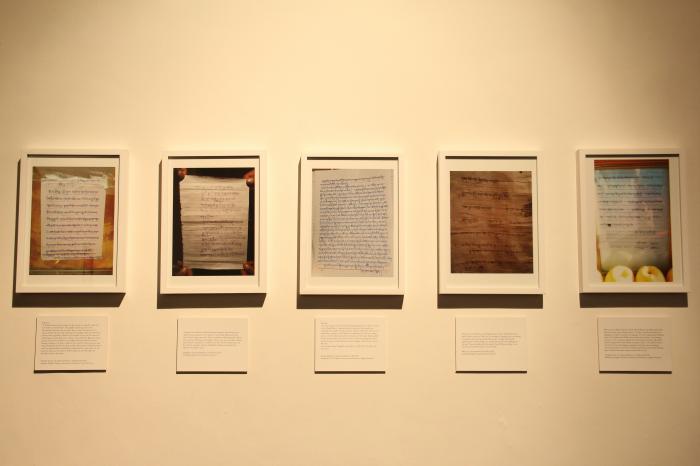
The installation displayed by Ritu Sarin and Tenzing Sonam
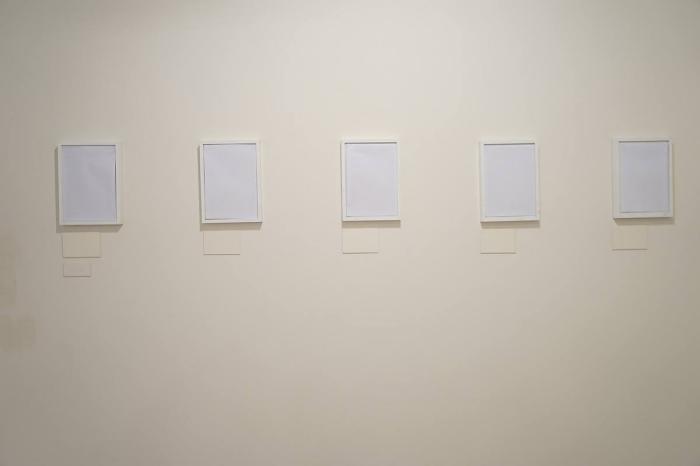
The installation wrapped with white paper after the Chinese Ambassador objected to it.
3. Have you faced such censorship earlier, at any other exhibition or art event?
Yes, both overtly and covertly. In 2010, our documentary, The Sun Behind the Clouds: Tibet's Struggle for Freedom, was premiering at the Palm Springs International Festival when the Chinese Consulate in Los Angeles called the director and demanded that he remove the film.
When he refused, they drove to Palm Springs and tried to convince him that the film was spreading untruths about China. He politely explained to them that they could not dictate what he could and could not show at the festival.
In retaliation, two Chinese films that were programmed for the festival were suddenly pulled out. Their directors had no idea what had happened but were forced to comply. We have experienced other cases where even a very prestigious art institution in New York agreed to Chinese demands to not show any films by exiled Tibetan filmmakers in conjunction with a package of films by Tibetan filmmakers from Tibet that they were programming.
This kind of pressure, censorship and self-censorship when it comes to China is far more common than what is reported and cuts across a wide range of activities and events - cultural, academic and sporting.
4. What's the Chinese Ambassador's exact reaction to it?
We were not there to witness it, but according to someone who was there, he apparently became extremely incensed and agitated when he saw the work.
5. What kind of message does such a move by China, in a third country, send out?
Very simply this: Do not encourage or give a platform to any opinion, narrative or voice that runs counter to the official Chinese line, particularly when it comes to Tibet or Xinjiang.
The underlying threat to this message is: If you do not comply, we will cut economic ties or otherwise make it difficult for you.
6. Shouldn't art be independent of geo-political interests of governments?
Certainly, particularly in countries that profess to be democracies.
In reality, particularly in the case of China, economic considerations often override democratic interests. Even a country like Norway, which is a paragon of free speech and human rights, buckled to Chinese pressure after the row over the Nobel Peace Prize awarded to Chinese dissident Liu Xiaobo, and refused to officially meet with the Dalai Lama on his last visit to the country.
6.Do you think organisers of literature fests or art exhibition, or music events need to be more assertive when it comes to protecting artistic freedom?
Any form of censorship on artistic expression, dialogue and exchange, whether in the Indian subcontinent or anywhere else, is reprehensible. We need more exchange and dialogue, particularly in the artistic and cultural realm, not more controls and interdiction.
First published: 8 February 2016, 6:16 IST

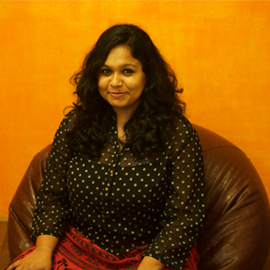


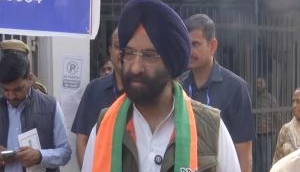

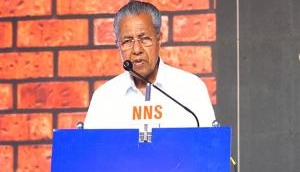
![BJP's Kapil Mishra recreates Shankar Mahadevan’s ‘Breathless’ song to highlight Delhi pollution [WATCH] BJP's Kapil Mishra recreates Shankar Mahadevan’s ‘Breathless’ song to highlight Delhi pollution [WATCH]](https://images.catchnews.com/upload/2022/11/03/kapil-mishra_240884_300x172.png)

![Anupam Kher shares pictures of his toned body on 67th birthday [MUST SEE] Anupam Kher shares pictures of his toned body on 67th birthday [MUST SEE]](https://images.catchnews.com/upload/2022/03/07/Anupam_kher_231145_300x172.jpg)






